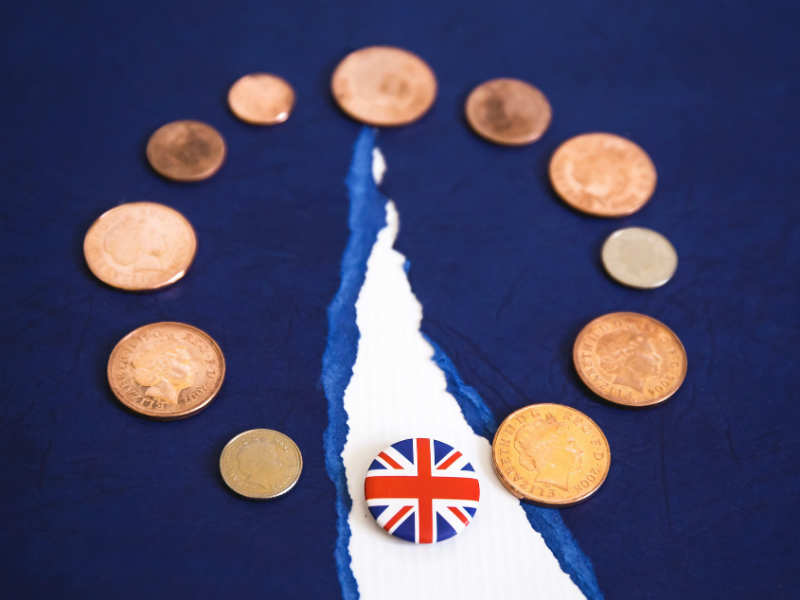Brexit and Exchange Rates

We are living through a topsy turvy political world, seemingly full of paradoxes, in respect of Brexit.
“Plan B” is due to be tabled on Monday January 21 with a debate and vote to follow on January 29.
But stalemate persists since the two main party leaders are :
a) insisting on sticking to “principles” (TM)
b) refusing to join talks until the “No Deal” option is removed (JC)
Neither the UK Parliament nor the 27 states of the EU are likely to find a compromise to Theresa May’s existing plan, which has been comprehensively rejected by Parliament, so unless the Government does indeed make compromises on its “red lines”, which might include a second referendum, then stalemate will lead to a “No Deal” Brexit.
The irony is that if the UK were to agree to relax its red lines and remain in the customs union, it would effectively mean that the UK would be tied to a very similar arrangement with the EU, but without any say in the rules it would be forced to abide by. In many ways, the exact opposite of the government’s aim of “taking back control”!
One suggestion is a formal vote in Parliament for “each option separately” to flush out what Parliament does want, rather than what it does not (which is all that’s so far been achieved). The logical conclusion of this process, were it to result in no clear majority for any one option, would then be either a second referendum or a General Election.
But all this takes time and we are quickly running out of that scarce commodity. The interim step, therefore, while this process evolves, is a formal request for an extension to the Article 50 date of March 29, something which the EU seems to be suggesting would be acceptable.
In the meantime, until a decisive move happens, the exchange rate is likely to remain in limbo. If you are looking to achieve a degree of certainty regarding fluctuating exchange rates, a forward contract will lock in the same exchange rate for up to twelve months. Please speak to us at enquiries@beauxvillages.com






